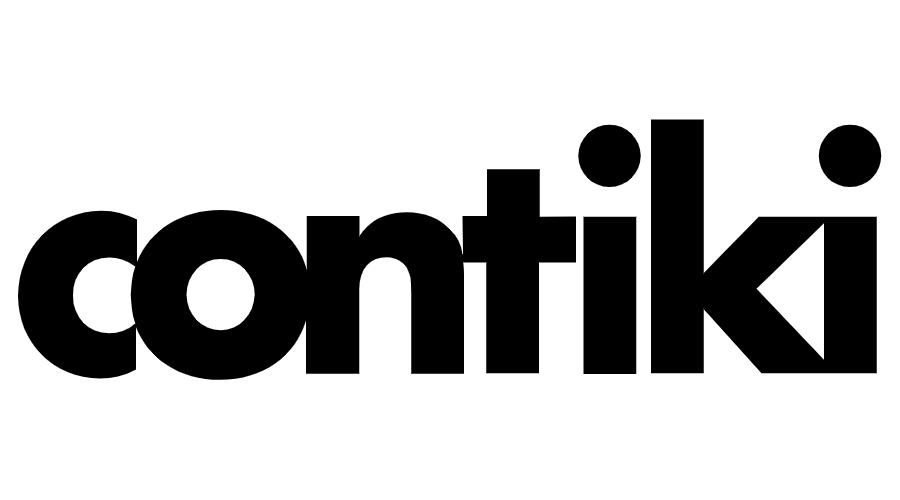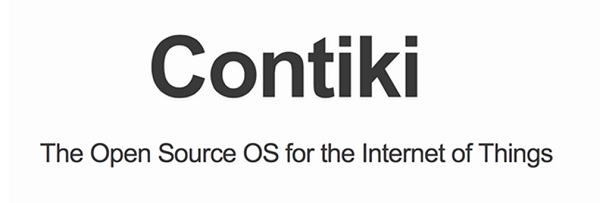As the Internet of Things (IoT) continues to expand at an exponential pace, the demand for efficient, lightweight, and reliable operating systems has increased significantly. Connected devices—whether smart sensors, embedded systems, or low-power wireless nodes—require software platforms capable of running on extremely limited memory and processing resources. Contiki, one of the most influential IoT operating systems in the world, has emerged as an essential tool for developers building scalable and energy-efficient embedded networks.
This article explores the architecture of Contiki, its features, benefits, real-world applications, and why it has become a preferred platform for IoT development.
What Is Contiki?
Contiki is an open-source, lightweight operating system designed specifically for networked, memory-constrained embedded devices used in IoT. First developed by Adam Dunkels at the Swedish Institute of Computer Science, Contiki has gained worldwide recognition due to its ability to run on devices with as little as 10 KB of RAM and 30 KB of ROM.
The system provides multitasking, networking, energy-efficient communication protocols, and a highly modular architecture, making it suitable for large-scale IoT deployments. At its core, Contiki enables developers to build smart environments, remote-controlled systems, and automated networks using minimal hardware resources.
Key Features of Contiki
1. Ultra-Lightweight and Resource-Efficient
Perhaps the biggest advantage of Contiki is its incredibly low resource requirements. It can operate on small microcontrollers with very limited memory, enabling widespread IoT adoption even with inexpensive hardware.
2. Event-Driven Kernel
The operating system uses an event-driven kernel that supports cooperative multitasking. This allows Contiki to efficiently handle multiple processes without overwhelming the system’s limited resources. Developers can also extend functionality using protothreads, which offer a simplified method of creating threaded behavior without heavy memory consumption.
3. Built-In Networking Stack
Contiki comes with a powerful and flexible IP networking stack:
- uIP (micro IP) – A minimal TCP/IP stack designed for tiny systems.
- Rime – A lightweight stack for low-power wireless networks.
- 6LoWPAN Support – Enables IPv6 over IEEE 802.15.4 networks.
These capabilities make Contiki a leader in IoT networking, particularly for sensor networks.
4. ContikiMAC Low-Power Protocol
To maximize battery life, Contiki integrates ContikiMAC, an ultra-low-power duty cycling mechanism that keeps radios off as much as possible while maintaining reliable communication. This feature is essential for devices that must run for months or even years on limited battery power.
5. Cooja Network Simulator
One of Contiki’s unique strengths is Cooja, a simulation tool that allows developers to test and emulate entire IoT networks before deploying them in the real world. This drastically reduces development time, debugging efforts, and hardware costs.
Why Developers Choose Contiki
A. Reliability in Low-Power Wireless Networks
In constrained environments, every byte of memory and every milliwatt of power counts. Contiki’s architecture ensures that devices can communicate efficiently while maintaining long battery life. For IoT developers, this reliability is crucial.
B. Open-Source and Community-Driven
Contiki is completely open source, meaning it is continuously updated and improved by a large community of researchers, developers, and IoT organizations. This collaboration has enabled the system to evolve rapidly, adding new networking protocols, tools, and optimizations.
C. Scalability for Large IoT Deployments
Contiki is designed for network scalability. It supports routing protocols such as RPL (Routing Protocol for Low-Power and Lossy Networks), making it ideal for city-wide sensor networks, industrial monitoring, and environmental data collection systems.
D. Ideal for Academia and Research
Because of its modularity and flexibility, Contiki is widely used in universities, laboratories, and research institutions. It allows researchers to test networking concepts, experiment with hardware, and analyze large-scale IoT behavior without heavy investment.
Architecture Overview
Kernel
Contiki’s kernel is event-driven and provides cooperative multitasking. This structure conserves resources by only switching tasks when necessary.
Process Management
Processes communicate using events. This ensures low overhead and predictable behavior—a critical requirement for sensor networks.
Networking
The system’s networking layers include uIP, 6LoWPAN, Rime, and routing protocols such as RPL. This provides both lightweight and full IP networking capabilities.
Hardware Abstraction Layer
Contiki is highly portable due to its VM-level hardware abstraction, enabling it to run on a wide variety of MCUs (TI MSP430, AVR, ARM Cortex-M, etc.).
Real-World Applications of Contiki
1. Smart Cities
Contiki powers sensor networks that collect data on traffic, air quality, street lighting, and energy consumption. Its IP-based communication allows seamless integration with cloud-based dashboards.
2. Environmental Monitoring
Remote sensors equipped with Contiki are used for:
- Weather station networks
- Wildlife tracking
- Soil and water quality monitoring
- Forest fire detection
The low-power design allows sensors to operate autonomously in difficult terrains.
3. Industrial IoT
Factories use Contiki for monitoring equipment status, predicting failures, and automating production processes. Its networking reliability ensures uninterrupted data flow across large industrial plants.
4. Home Automation
Contiki powers smart home devices such as:
- Smart thermostats
- Motion sensors
- Security systems
- Smart lighting
The operating system’s footprint makes it ideal for low-cost consumer electronics.
5. Healthcare and Wearable Devices
Medical monitoring devices benefit from Contiki’s energy efficiency, enabling continuous health tracking with minimal battery usage.
Advantages of Using Contiki in IoT Development

Energy Efficiency
By minimizing radio activity and using event-driven execution, Contiki ensures optimal battery utilization.
Flexible Networking
Whether developers require complete IP support or lightweight communication, Contiki provides both options.
Ease of Simulation
Cooja gives developers the ability to test thousands of nodes virtually before implementing physical deployments. This is a rare and invaluable tool in the IoT world.
Cost-Effectiveness
Contiki runs on inexpensive microcontrollers, reducing the overall cost of IoT projects.
Adaptability
From research to commercial products, Contiki serves a wide range of use cases thanks to its modular design.
Challenges and Limitations
While Contiki is powerful, it does come with certain limitations:
Learning Curve
Developers not familiar with event-driven programming may require time to adapt to Contiki’s architecture.
Resource Constraints
While ideal for small devices, Contiki is not optimized for more complex systems that require extensive multitasking or high processing power.
Limited User Interface Support
Due to its lightweight nature, Contiki is not suited for devices needing graphical interfaces.
Despite these limitations, Contiki remains one of the most efficient and reliable platforms for IoT development.
The Future of Contiki
With the continued rise of smart cities, connected homes, and industrial automation, the demand for lightweight IoT operating systems will only increase. Contiki’s ongoing development ensures that it keeps pace with modern networking standards like IPv6, 6TiSCH, and advanced security protocols.
As IoT hardware becomes more powerful yet still cost-sensitive, Contiki’s blend of efficiency, flexibility, and open-source innovation positions it as a key player for years to come.
Conclusion
Contiki has proven to be a foundational technology in the IoT ecosystem. Its lightweight architecture, powerful networking capabilities, and energy-efficient design make it an excellent choice for developers building embedded systems and wireless sensor networks. Whether for academic research, environmental monitoring, home automation, or industrial applications, Contiki remains one of the most trusted and innovative operating systems in the field.




